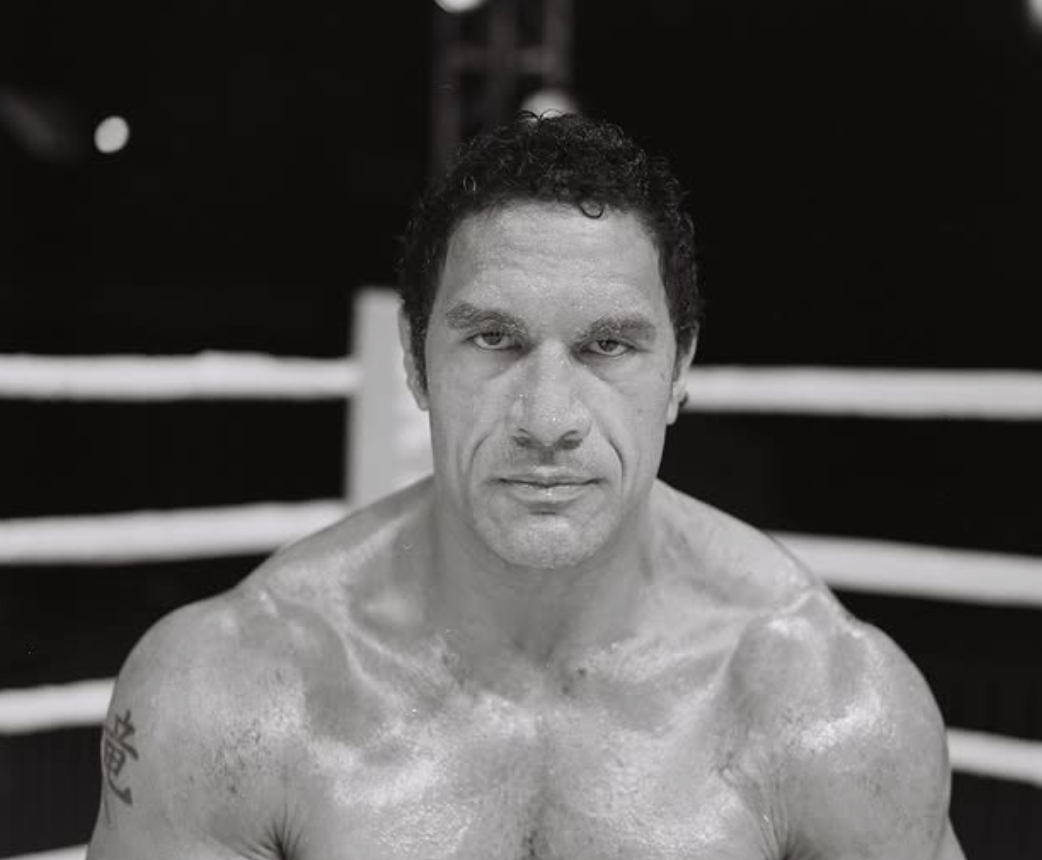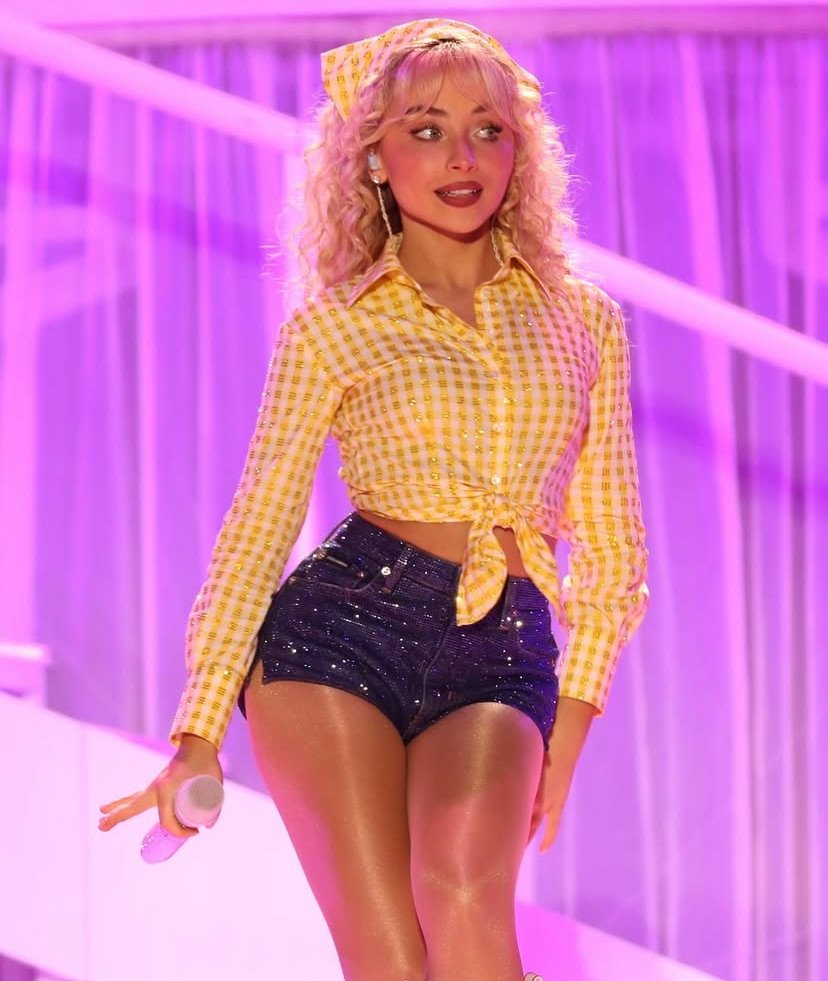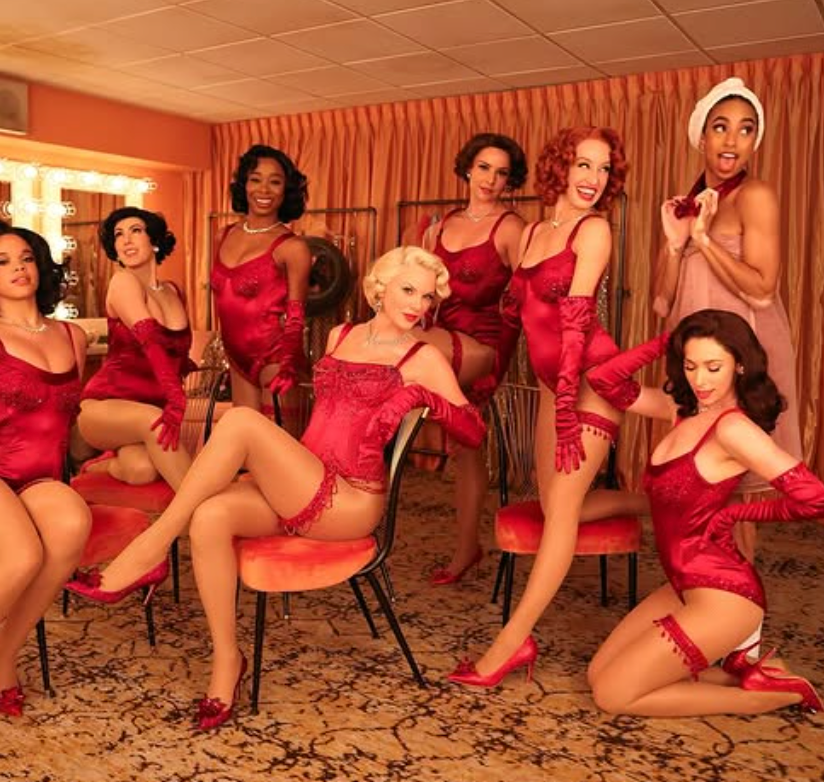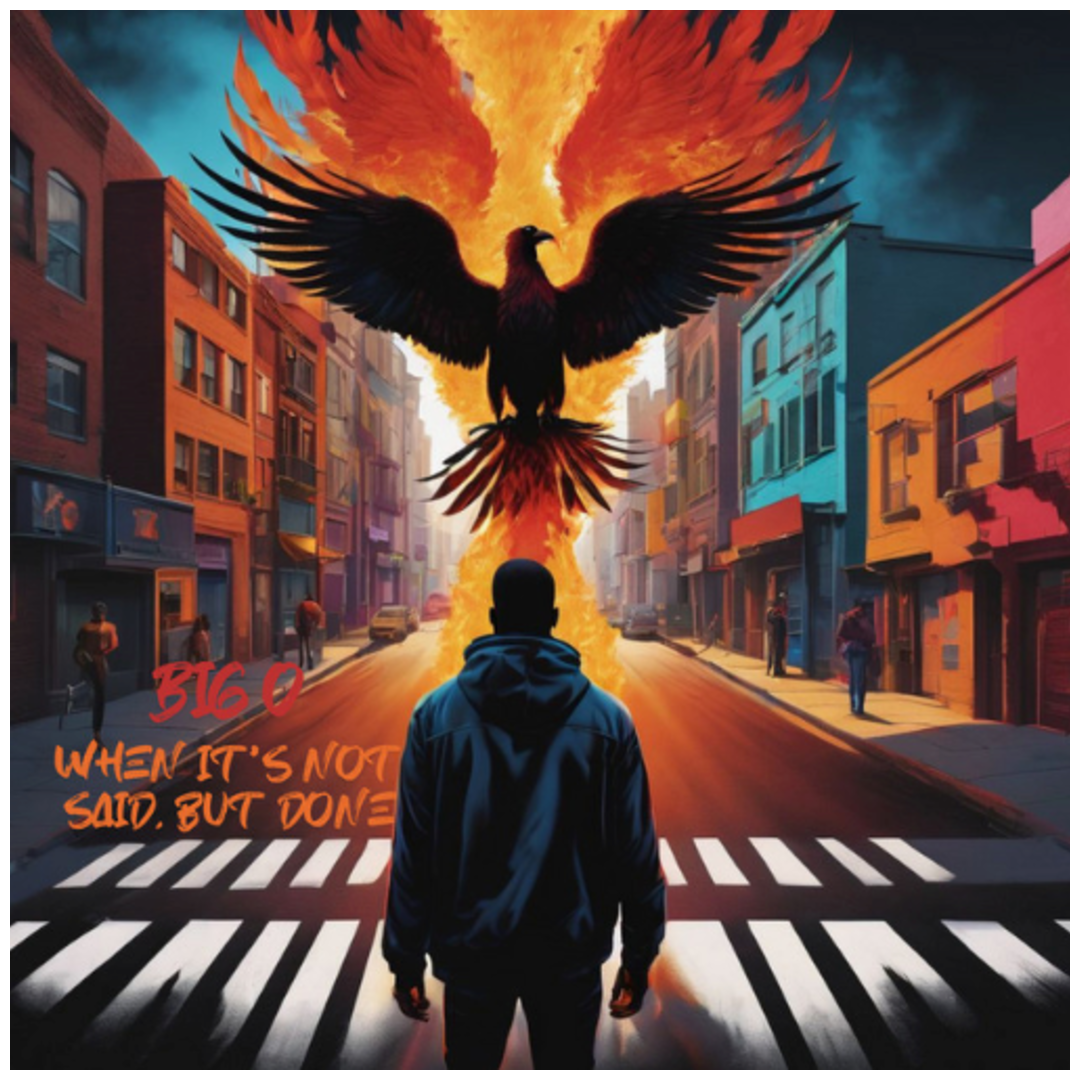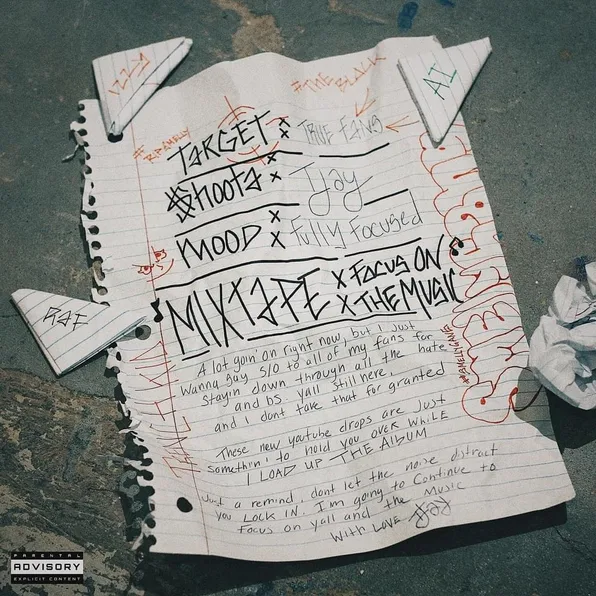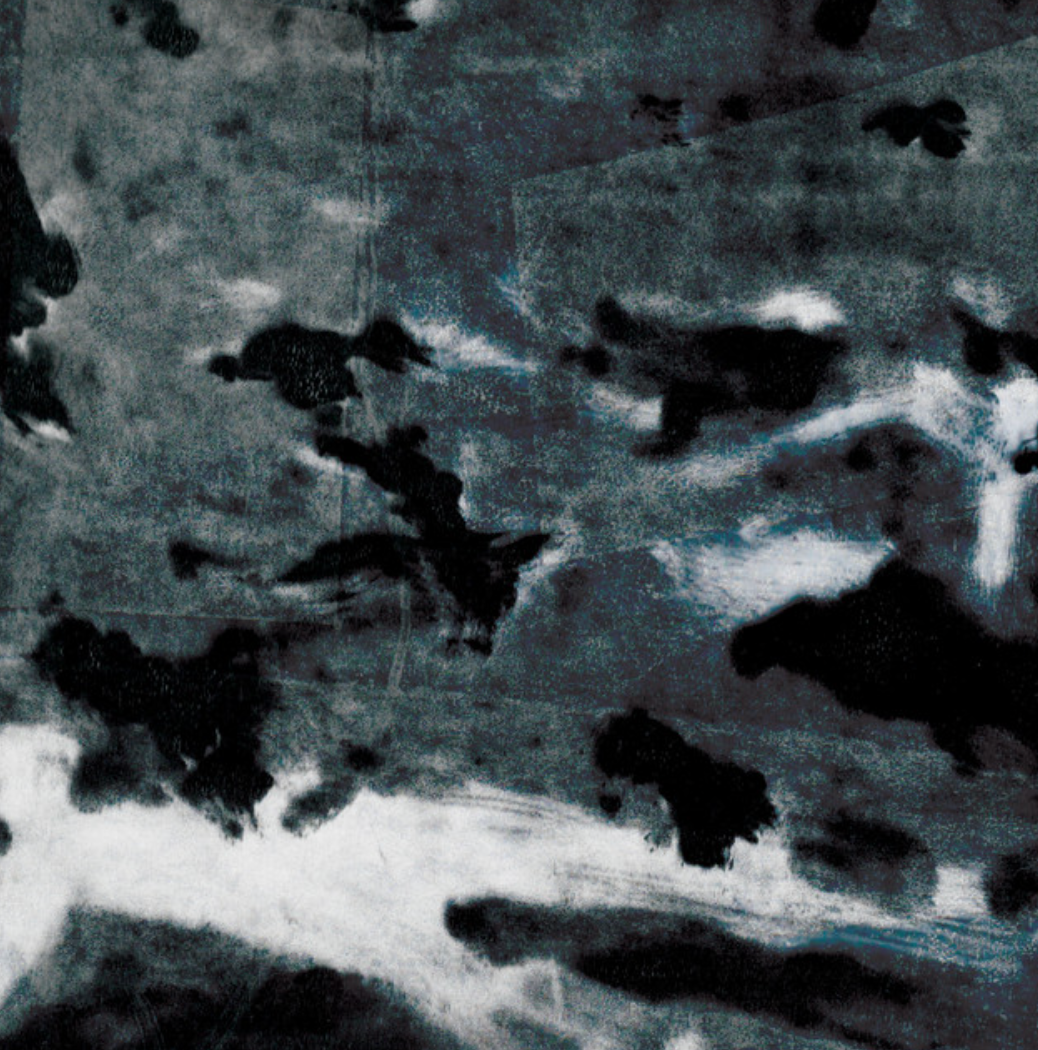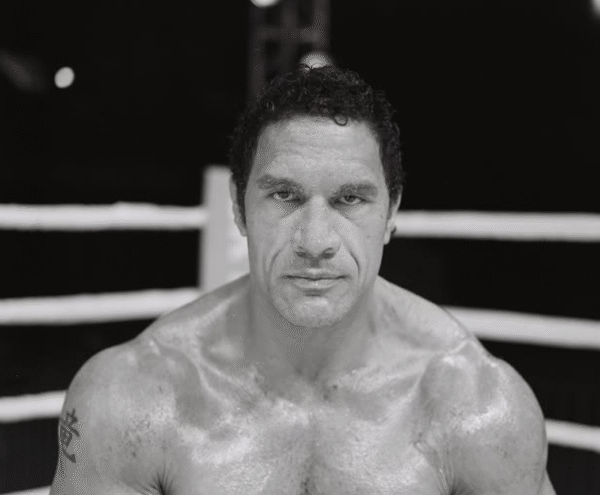
For decades now, Dwayne Johnson has been an established and reliable fixture of pop culture. The muscular performer who began as a WWE sensation began his move into film in 2001, when he played the pivotal role of the Scorpion King in The Mummy Returns. A lot has changed in the twenty-four years since then, but a lot has also remained the same.
For as many eclectic and out-of-the-box choices as he made early on with films like Southland Tales, Johnson clearly settled into a niche as a compelling, likable movie star, and felt more than comfortable staying there for an extended period of time. The last decade of his career, specifically, has been littered with one uninspired choice after another, culminating with his biggest swing-and-a-miss to date, Black Adam. That film saw Johnson putting all of his chips on black in a big way, and coming up embarrassingly short-handed in front of a global audience. So how does he respond? By producing and starring in a Safdie brother joint, one of the same filmmakers who helped recontextualize Robert Pattinson’s onscreen persona with Good Time and Adam Sandler’s with Uncut Gems. The result is Benny Safdie’s The Smashing Machine, a film that is both incredibly well constructed and a bit transparent in its machinations.
TOP FIVE OF THE SMASHING MACHINE
5. The Sound of Smashing
The Safdie Brothers have long specialized in delivering highly immersive, captivating, and experiential cinematic works, and delightfully, The Smashing Machine is no exception. One of the real standout elements of the remarkable craft on display throughout is the use of sound, both in terms of the musical score and the sound design itself. Notably, the line between the two, the diegetic and the non-diegetic, is often blurred here, and it is to an incredibly compelling effect.
The score by Nala Sinephro mixes Emotive jazz-based melodies with scatter-shot percussion and atonal sounds in a frequently astounding fashion. Nowhere is this work’s impact on the picture as a whole more apparent than it is in the fight sequences, which see the music taking center stage, serving as the emotional and kinetic backbone to Mark Kerr’s bouts.
Similarly, the sound design, the actual way the pounding of flesh sounds, is incredibly affecting. It feels visceral and upsetting, eschewing the more glamorized sounds of a blockbuster in favor of a deeply unflattering and often outright repulsive series of hits. It works insanely well.
4. Dwayne Johnson’s Performance
Johnson is great here as Mark Kerr. Between the prosthetics and Johnson’s own apparent ambition, it is more than fair to call the performance transformative. As the oft-soft-spoken wrestler, Johnson brings a unique blend of open-hearted pathos and intensity that really works.
He’s also just so much more present than he’s been onscreen in decades, often in highly understated but powerful ways. There are several sustained shots in the film where Safide’s handheld camera simply follows Johnson as he reacts to a large event, and these are some of the most moving moments in the entire film.
3. Jungleland
There’s a scene at the end of the second act of The Smashing Machine that perfectly encompasses the strengths and the weaknesses of the movie, and it is set to Bruce Springsteen’s “Jungleland.” On the one hand, the scene, which sees Johnson’s Kerr and his on-again-off-again girlfriend Dawn (as played by Emily Blunt) having an argument, makes excellent use of the track and sees Safdie’s direction and editing honing in on a deeply moving form of synchrony in the audio and visuals.
On the other hand, the actual scene itself can feel a bit repetitive and monotonous, right up until it veers all the way over into full-blown melodrama. These are indicative of larger issues with the film, which far too often feels constricted to sports biopic formulas that hinder it. Nowhere is this more painfully obvious than in how the film handles Dawn and her relationship with Kerr, which is frustrating at best and full of highly questionable morals at worst.
2. Safdie’s Visuals
The Smashing Machine looks phenomenal. Again, the weak elements of the film rest predominantly in the tired and trite ways in which the script can fall into formulaic ruts, but that actual craft itself is often quite astonishing. Safdie and cinematographer Maceo Bishop craft a shaky, handheld, long-lens visual language for the film that pairs incredibly well with its ’90s aesthetic and striking color palette.
Shooting on film certainly helps things as well, as everything pops and feels authentic to the time period, while also feeling remarkably tangible. Whether Kerr is making a protein shake in his kitchen or having his head bashed in by someone’s knee, Safide’s direction positions you directly with him, as an active contributor to the environment you are experiencing. It is a bold visual take that feels like a natural extension of he and his brother’s work on Uncut Gems, in fascinating ways.
1. The Ending
I so deeply wish the film as a whole had more of the kind of metatextual, form-breaking verve that its final minutes do. In swapping out Johnson for the real-life present-day Mark Kerr for the final scene and having the fighter literally speak through the lens to the audience, Safdie foregrounds the distinct perspective through which the film’s whole story has been told. It’s an exciting, proactive moment that lends weight and meaning to a smattering of moments from earlier in the film in unexpected ways.
RGM GRADE
(B)
Overall, The Smashing Machine is a strong film with phenomenal craft and a great lead performance from Dwayne Johnson. It occasionally falls short, relying a bit too much on established norms and tropes of this genre, but it almost rights the whole ship with a perfect, subversive, inspired end.
Discover more from RATINGS GAME MUSIC
Subscribe to get the latest posts sent to your email.



